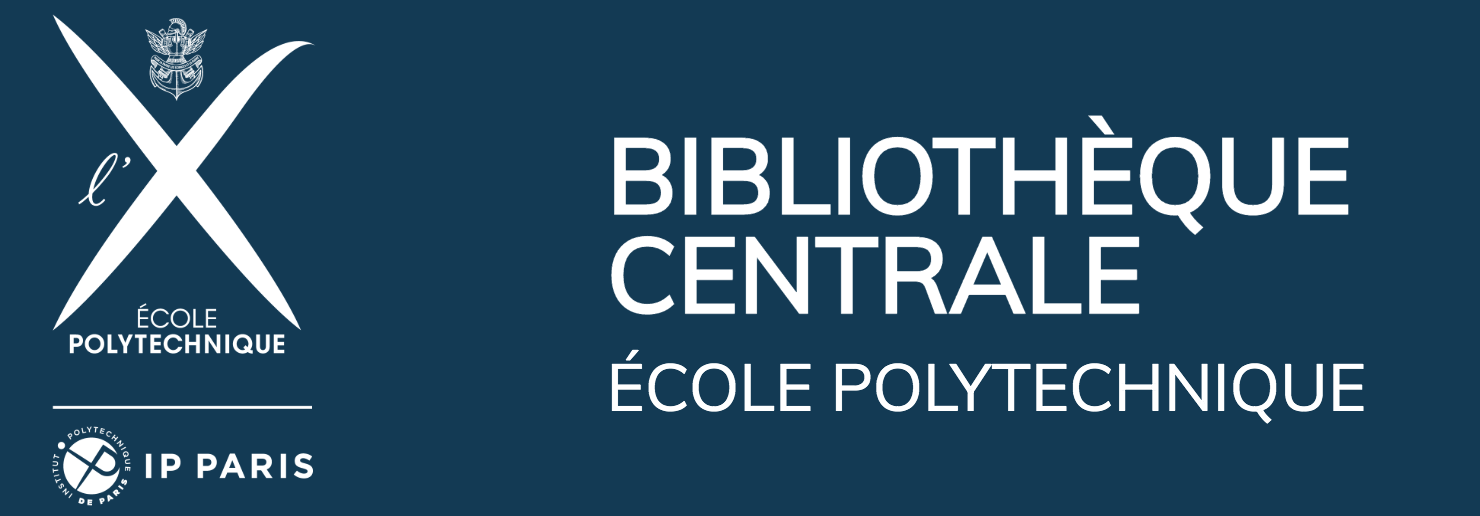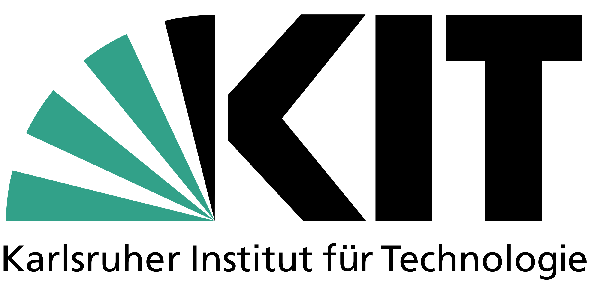Design and sensory quality. Materials and performance for communication in museum spaces
DOI:
https://doi.org/10.19229/2464-9309/7172020Keywords:
environment communication, sensory materials, materials selection criteria, information structuring, museumsAbstract
Design can provide the means to guide perceptive processes, by trying to act on the environment’s ability to provide intelligible and meaningful information. Making a space communicative by enhancing its usability entails anticipating perceptive processes and pursuing better quality for human-environment interaction. A possible solution could be using sensory materials able to provide ‘tangible’ features and new functions, thanks to technologies acting in a controlled way on the micro and nano-levels. In this regard, the results of two studies funded by Sapienza University of Rome are presented; they relate to the structuring of a database of materials that can act at the information level on the shared spaces of large Museum Hubs, and its experimentation for the Roman museums’ network Musei in Comune, supported by the Sovrintendenza Capitolina ai Beni Culturali of Rome.
Downloads
Article Metrics Graph
References
Addington, D. M. and Schodek, D. L. (2005), Smart Materials and Technologies in Architecture – For the Architecture and Design Professions, Architectural Press, Oxford.
Agenzia Roma (2018), Relazione Annuale 2018 – Cultura e tempo libero – Sintesi dei principali indicatori del servizio. [Online] Available at: www.agenzia.roma.it/documenti/schede/relazione_annuale_2018 _cap_6_cultura_e_tempo_libero.pdf [Accessed 26 April 2020].
Ashby, M. F. (2016), Materials Selection in Mechanical Design, 5th Edition, Elsevier Butterworth-Heinemann, Oxford.
Ashby, M. F. and Johnson, K. W. (2009), Materials and Design – The Art and Science of Material selection in product design, 2th Edition, Elsevier Butterworth-Heinemann, Amsterdam.
Bloomer, K. C. and Moor, C. W. (1997), Corpo, memoria, architettura – Introduzione alla progettazione architettonica, Sansoni Editore, Firenze.
Conti, C., Tatano, V. and Villani, T. (2016), “Accessibilità ambientale: verso l’inclusività nella progettazione | Environmental accessibility: towards inclusiveness in design”, in Lucarelli, M. T., Mussinelli, E. and Trombetta, C. (eds), Cluster in progress – La Tecnologia dell’architettura in rete per l’innovazione | The Architectural technology network for innovation, Maggioli, Santarcangelo di Romagna, pp. 28-41.
European Commission (2012), European Audiences – 2020 and beyond. [Online] Available at: doi.org/10.2766/32988 [Accessed 26 April 2020].
Felli, P., Laurìa, A. and Bacchetti, A. (2004), Comunicatività ambientale e pavimentazioni – La segnaletica sul piano di calpestio, ETS Edizioni, Pisa.
Ganucci Cancellieri, U., Manca, S., Laurano, F., Molinario, E., Talamo, A., Recupero, A. and Bonaiuto, M. (2018), “Visitors’ satisfaction and perceived affective qualities towards museums: the impact of recreational areas | Soddisfazione dei visitatori e qualità affettive percepite dei musei: l’impatto delle aree ricreative”, in Rassegna di Psicologia, vol. 35, n. 1, pp. 5-18.
Istat (2019), “L’Italia dei musei”, in Statistiche Today, 23 December 2019. [Online] Available at: www.istat.it/it/files/2019/12/LItalia-dei-musei_2018.pdf [Accessed 26 April 2020].
Karana, E., Hekkert, P. and Kandachar, P. (2008), “Material Considerations in Product Design: A Survey on Crucial Material Aspects Used by Product Designers”, in Materials & Design, vol. 29, issue 6, pp. 1081-1089.
Laurìa, A. (2002), “La comunicatività ambientale”, in Paesaggio Urbano, n. 1, pp. 32-38. [Online] Available at: www.paesaggiourbano.org/2019/09/02/paesaggio-urbano-2002_1/ [Accessed 7 February 2020].
Manzini, E. (1986), La materia dell’invenzione – Materiali e progetto, Arcadia Edizioni, Milano.
Pagani, R., Chiesa, G. and Tulliani, J.-M. (2015), Biomimetica e Architettura – Come la natura domina la tecnologia, FrancoAngeli, Milano.
Pallasmaa, J. (2007), Gli occhi della pelle – L’Architettura e i sensi, Jaca Book, Milano.
Ritter, A. (2007), Smart materials in architecture, interior architecture and design, Birkhauser, Basel.
Scalisi, F. (2010), Nanotecnologie in edilizia – Innovazione tecnologica e nuovi materiali per le costruzioni, Maggioli, Santarcangelo di Romagna.
Schiffman, H. R. (2008), Sensation and Perception, 6th Edition, John Wiley & Sons, New York.
Sposito, A. (ed.) (2009), Nanotech for Architecture – Innovative Technologies and Nanostructured Materials, Luciano Editore, Napoli.
Stanley, C., Ward, L. M. and Enns, J. T. (2004), Sensation and Perception, 6th Edition, Harcourt Brace, Fort Worth.
Thorndyke, P. W. and Hayes-Roth, B. (1982), “Difference in Spatial Knowledge Acquired from Maps and Navigation”, in Cognitive Psychology, vol. 14, issue 4, pp. 560-589.
Villani, T. (2018), “Materiali e soluzioni tecniche per il wayfinding nei musei | Materials and technical solutions for wayfinding in museums”, in Techne | Journal of Technology for Architecture and Environment, vol. 16, pp. 289-298. [Online] Available at: doi.org/10.13128/Techne-23000 [Accessed 12 March 2020].
Zuo, H. (2010), “The selection of materials to match human sensory adaptation and aesthetic expectation in industrial design”, in METU Journal of the Faculty of Architecture, vol. 27, n. 2, pp. 301-319. [Online] Available at: doi.org/10.4305/METU.JFA.2010.2.17 [Accessed 12 March 2020].

Downloads
Published
How to Cite
Issue
Section
License
This Journal is published under Creative Commons Attribution Licence 4.0 (CC-BY).
License scheme | Legal code
This License allows anyone to:
Share: copy and redistribute the material in any medium or format.
Adapt: remix, transform, and build upon the material for any purpose, even commercially.
Under the following terms
Attribution: Users must give appropriate credit, provide a link to the license, and indicate if changes were made; users may do so in any reasonable manner, but not in any way that suggests the licensor endorses them or their use.
No additional restrictions: Users may not apply legal terms or technological measures that legally restrict others from doing anything the license permits.
Notices
Users do not have to comply with the license for elements of the material in the public domain or where your use is permitted by an applicable exception or limitation.
No warranties are given. The license may not give users all of the permissions necessary for their intended use. For example, other rights such as publicity, privacy, or moral rights may limit how you use the material.


















































































